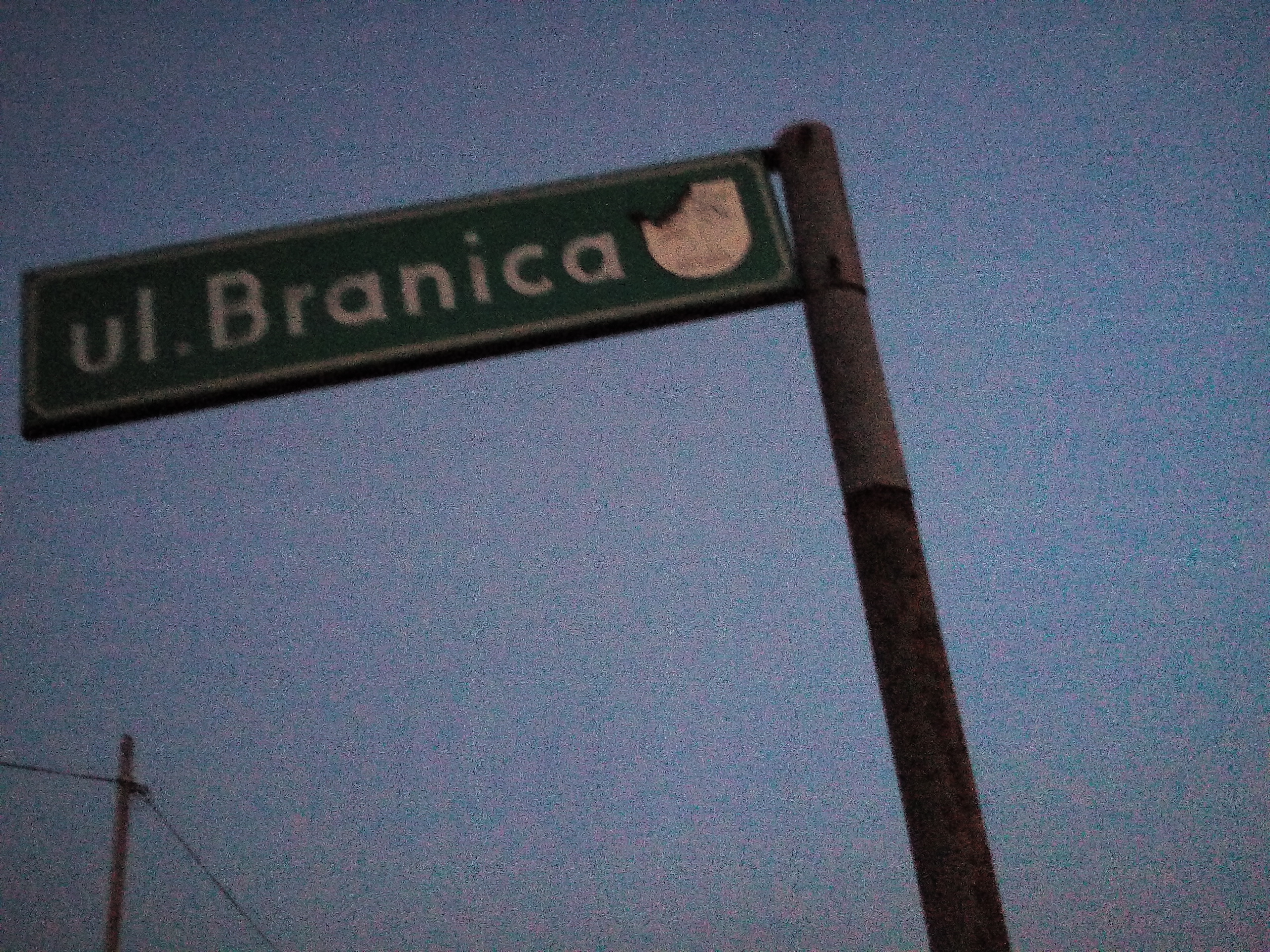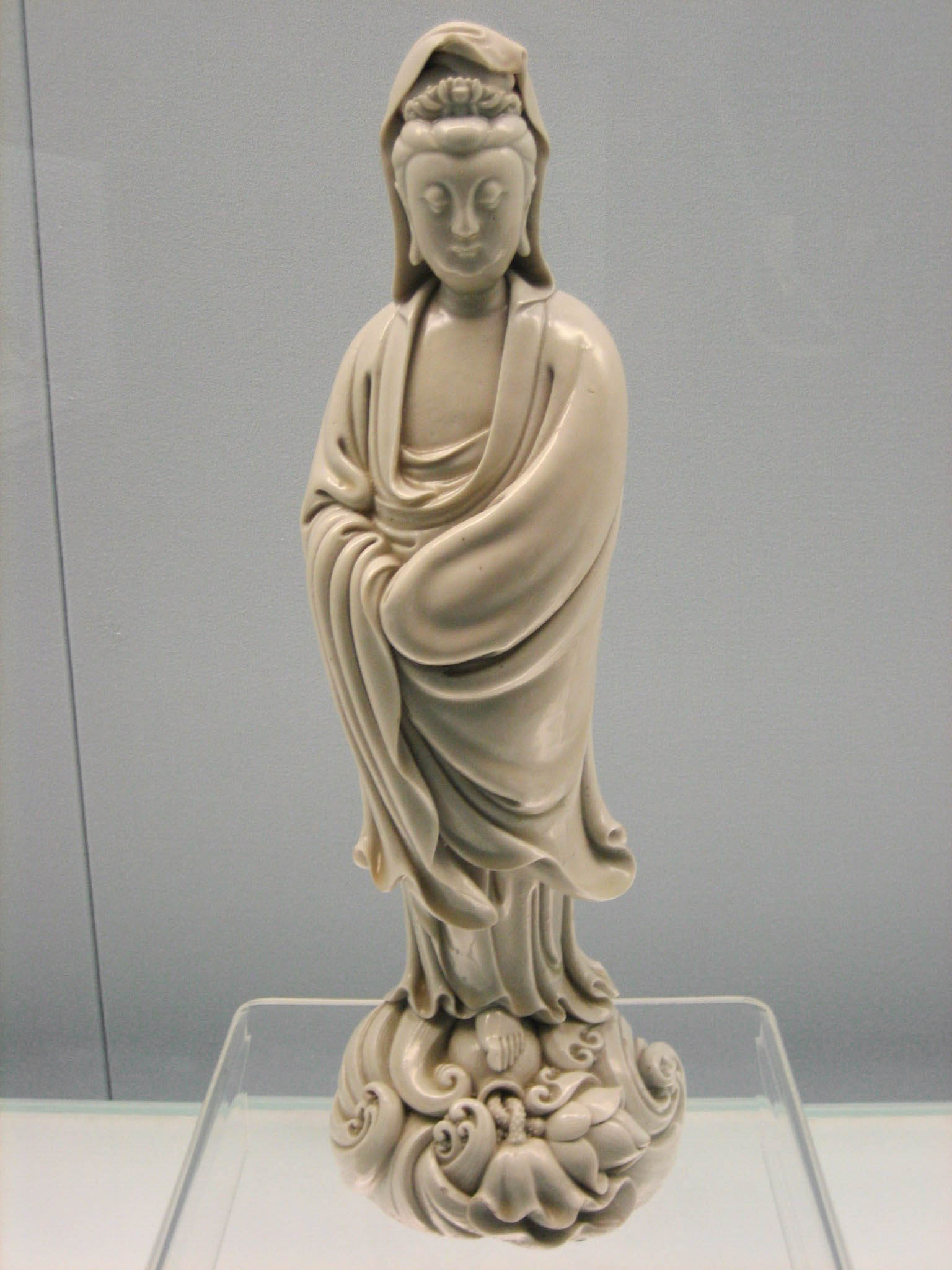|
Branica (Suszec)
Branica is a hamlet of the Suszec village in Poland, located by the provincial road No. 935 in the Silesian Voivodeship, in the Pszczyna County, in the Gmina Suszec. In 1975–1998, the hamlet administratively belonged to the Katowice Voivodeship. The followers of the Roman Catholic Church belong to the parish of St. Stanisław Bishop and Martyr ('' pol. Św. Stanisława Biskupa i Męczennika)'' in Suszec. There is also a primary school named after Janusz Korczak. Branicka Maryjka In Branica, by the Suszec-Kobiór road, there is a figurine representing Mary, mother of Jesus and Christ. See also * Battle of Pszczyna Battle of Pszczyna (Polish: ''Bitwa Pszczyńska'') refers to a series of battles between 1 and 2 September 1939 near the town of Pszczyna during the Invasion of Poland. The battle of Pszczyna formed part of the defensive Battle of the Border. Th ... References Villages in Pszczyna County {{Pszczyna-geo-stub ... [...More Info...] [...Related Items...] OR: [Wikipedia] [Google] [Baidu] |
Znak Branica
{{Disambig, surname ...
Znak can refer to: * Znak (association) * Znak (publisher) * Znak Ltd. * Two letters (signs) in the Russian alphabet, Hard sign and Soft sign * , a former Russian news site * "Znak", a song by Ewa Farna Znak is the name of: * Marina Znak (*1961), Belarusian rower * Maxim Znak, Belarusian activist and lawyer, member of the Coordination Council (Belarus) The Coordination Council for the Transfer of Power (; ), known often as the Coordination Council, is a Belarusian non-governmental body created by presidential candidate Sviatlana Tsikhanouskaya to facilitate a democratic transfer of power. ... [...More Info...] [...Related Items...] OR: [Wikipedia] [Google] [Baidu] |
Primary School
A primary school (in Ireland, the United Kingdom, Australia, Trinidad and Tobago, Jamaica, and South Africa), junior school (in Australia), elementary school or grade school (in North America and the Philippines) is a school for primary education of children who are four to eleven years of age. Primary schooling follows pre-school and precedes secondary schooling. The International Standard Classification of Education considers primary education as a single phase where programmes are typically designed to provide fundamental skills in reading, writing, and mathematics and to establish a solid foundation for learning. This is ISCED Level 1: Primary education or first stage of basic education.Annex III in the ISCED 2011 English.pdf Navigate to International Standard Classification of Educati ... [...More Info...] [...Related Items...] OR: [Wikipedia] [Google] [Baidu] |
Christ
Jesus, likely from he, יֵשׁוּעַ, translit=Yēšūaʿ, label= Hebrew/Aramaic ( AD 30 or 33), also referred to as Jesus Christ or Jesus of Nazareth (among other names and titles), was a first-century Jewish preacher and religious leader; he is the central figure of Christianity, the world's largest religion. Most Christians believe he is the incarnation of God the Son and the awaited Messiah (the Christ) prophesied in the Hebrew Bible. Virtually all modern scholars of antiquity agree that Jesus existed historically. Research into the historical Jesus has yielded some uncertainty on the historical reliability of the Gospels and on how closely the Jesus portrayed in the New Testament reflects the historical Jesus, as the only detailed records of Jesus' life are contained in the Gospels. Jesus was a Galilean Jew who was circumcised, was baptized by John the Baptist, began his own ministry and was often referred to as "rabbi". Jesus debated with fe ... [...More Info...] [...Related Items...] OR: [Wikipedia] [Google] [Baidu] |
Mary, Mother Of Jesus
Mary; arc, ܡܪܝܡ, translit=Mariam; ar, مريم, translit=Maryam; grc, Μαρία, translit=María; la, Maria; cop, Ⲙⲁⲣⲓⲁ, translit=Maria was a first-century Jews, Jewish woman of Nazareth, the wife of Saint Joseph, Joseph and the mother of Jesus. She is a central figure of Christianity, venerated under titles of Mary, various titles such as virgin or queen, many of them mentioned in the Litany of Loreto. The Eastern Orthodox Church, Eastern and Oriental Orthodox, Church of the East, Catholic, Anglican, and Lutheran churches believe that Mary, as mother of Jesus, is the Theotokos, Mother of God. Other Protestant views on Mary vary, with some holding her to have considerably lesser status. The New Testament of the Holy Bible, Bible provides the earliest documented references to Mary by name, mainly in the canonical Gospels. She is described as a young virgin who was chosen by God in Christianity, God to annunciation, conceive Jesus through the Holy Spirit ... [...More Info...] [...Related Items...] OR: [Wikipedia] [Google] [Baidu] |
Figurine
A figurine (a diminutive form of the word ''figure'') or statuette is a small, three-dimensional sculpture that represents a human, deity or animal, or, in practice, a pair or small group of them. Figurines have been made in many media, with clay, metal, wood, glass, and today plastic or resin the most significant. Ceramic figurines not made of porcelain are called terracottas in historical contexts. Figures with movable parts, allowing limbs to be posed, are more likely to be called dolls, mannequins, or action figures; or robots or automata, if they can move on their own. Figurines and miniatures are sometimes used in board games, such as chess, and tabletop role playing games. The main difference between a figurine and a statue is size. There is no agreed limit, but typically objects are called "figurines" up to a height of perhaps , though most types are less than high. Prehistory In China, there are extant Neolithic figurines. European prehistoric figurines of wome ... [...More Info...] [...Related Items...] OR: [Wikipedia] [Google] [Baidu] |
Kobiór
Kobiór (german: Kobier) is a village in Pszczyna County, Silesian Voivodeship, in southern Poland. It is the seat of the gmina (administrative district) called Gmina Kobiór. It lies approximately north of Pszczyna and south of the regional capital Katowice. The village has a population of 4,702. History In the Middle Ages, the area was part of the territory of the Vistulans tribe, one of the Polish tribes. It became part of the emerging Polish state in the 10th century. As a result of the fragmentation of Poland, it was part of the Polish Seniorate Province and Duchy of Racibórz. The village was established in the 15th century. Its name is of Polish origin. In the 15th century, it became part of the newly formed Duchy of Pszczyna. During the political upheaval caused by Matthias Corvinus the duchy was overtaken in 1480 by Casimir II, Duke of Cieszyn from the Piast dynasty, who sold it in 1517 to the Hungarian magnates of the Thurzó family, forming the Pless st ... [...More Info...] [...Related Items...] OR: [Wikipedia] [Google] [Baidu] |
Janusz Korczak
Janusz Korczak, the pen name of Henryk Goldszmit (22 July 1878 or 1879 – 7 August 1942), was a Polish Jewish educator, children's author and pedagogue known as ''Pan Doktor'' ("Mr. Doctor") or ''Stary Doktor'' ("Old Doctor"). After spending many years working as a principal of an orphanage in Warsaw, he refused sanctuary repeatedly and stayed with his orphans when the entire population of the institution was sent from the Ghetto to the Treblinka extermination camp during the Grossaktion Warschau of 1942. Biography Korczak was born in Warsaw in 1878. He was unsure of his birth date, which he attributed to his father's failure to promptly acquire a birth certificate for him. His parents were Józef Goldszmit, a respected lawyer from a family of proponents of the haskalah, and Cecylia ''née'' Gębicka, daughter of a prominent Kalisz family. Born to a Jewish family, he was an agnostic in his later life who did not believe in forcing religion on children. His father fell ill a ... [...More Info...] [...Related Items...] OR: [Wikipedia] [Google] [Baidu] |
The Parish Of St
''The'' () is a grammatical article in English, denoting persons or things that are already or about to be mentioned, under discussion, implied or otherwise presumed familiar to listeners, readers, or speakers. It is the definite article in English. ''The'' is the most frequently used word in the English language; studies and analyses of texts have found it to account for seven percent of all printed English-language words. It is derived from gendered articles in Old English which combined in Middle English and now has a single form used with nouns of any gender. The word can be used with both singular and plural nouns, and with a noun that starts with any letter. This is different from many other languages, which have different forms of the definite article for different genders or numbers. Pronunciation In most dialects, "the" is pronounced as (with the voiced dental fricative followed by a schwa) when followed by a consonant sound, and as (homophone of the archaic pr ... [...More Info...] [...Related Items...] OR: [Wikipedia] [Google] [Baidu] |
Suszec
Suszec (German ''Sussetz'') is a village in Pszczyna County, Silesian Voivodeship, in southern Poland. It is the seat of the gmina (administrative district) called Gmina Suszec. It lies approximately north-west of Pszczyna and south-west of the regional capital Katowice. The village has a population of 4,491. In the area of the village there is the Parish of St. Stanislaus the Bishop and Martyr and Krupiński Coal Mine. In 2004. Suszec won the first edition of the competition "Beautiful Village of Silesian Voivodeship" in the category "most beautiful village". Name and crest The name of Suszec appeared in the list of Polish towns only one time. It comes from the word "suchy" (dry), as 300 years ago the neighboring areas were covered with swamps and bogs, and only the village of Suszec was a place acceptable for living and working. The branchy tree is a crest of Suszec - at least from the end the 18th century. On May 10, 1994 the Commune Council accepted and confirmed the cr ... [...More Info...] [...Related Items...] OR: [Wikipedia] [Google] [Baidu] |
Catholic Church
The Catholic Church, also known as the Roman Catholic Church, is the largest Christian church, with 1.3 billion baptized Catholics worldwide . It is among the world's oldest and largest international institutions, and has played a prominent role in the history and development of Western civilization. O'Collins, p. v (preface). The church consists of 24 ''sui iuris'' churches, including the Latin Church and 23 Eastern Catholic Churches, which comprise almost 3,500 dioceses and eparchies located around the world. The pope, who is the bishop of Rome, is the chief pastor of the church. The bishopric of Rome, known as the Holy See, is the central governing authority of the church. The administrative body of the Holy See, the Roman Curia, has its principal offices in Vatican City, a small enclave of the Italian city of Rome, of which the pope is head of state. The core beliefs of Catholicism are found in the Nicene Creed. The Catholic Church teaches that it ... [...More Info...] [...Related Items...] OR: [Wikipedia] [Google] [Baidu] |
Katowice Voivodeship
Katowice Voivodeship () can refer to one of two political entities in Poland: Katowice Voivodeship (1), initially "Silesian-Dabrowa Voivodeship" ( pl, województwo śląsko-dąbrowskie), was a unit of administrative division and local government in the years 1946–1975. It was superseded by Katowice Voivodeship (2), Częstochowa Voivodeship, Bielsko-Biała Voivodeship, and Opole Voivodeship. Its capital city was Katowice. Katowice Voivodeship (2) was a unit of administrative division and local government in Poland in the years 1975–1998, superseded by the Silesian Voivodeship. Its capital city was Katowice. Major cities and towns: (population in 1995) * Katowice (354,200); * Sosnowiec (249,000); * Bytom (227,600); * Gliwice (214,000); * Zabrze (201,600); * Ruda Śląska (166,300); * Rybnik (144,300); * Tychy (133,900); * Dąbrowa Górnicza (130,900); * Chorzów (125,800); * Jastrzębie Zdrój (103,500); * Jaworzno (98,500); * Mysłowice (80,000); * Siemianowice Śl� ... [...More Info...] [...Related Items...] OR: [Wikipedia] [Google] [Baidu] |





.png)
.jpg)